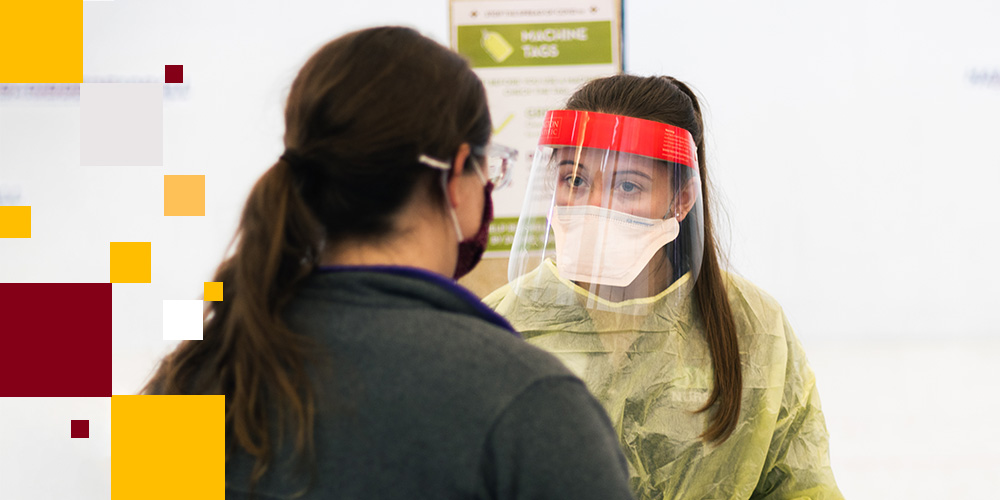
Anyone experiencing new respiratory symptoms (cough, nasal congestion, sore throat, fever, chills, runny nose, and headache) should wear a mask while visiting Boynton Health.
If Experiencing COVID-19 Symptoms
- University students, staff and faculty can receive PCR testing at Boynton Health in either the Boynton Health Gopher Quick Clinic or Boynton Health Urgent Care.
- Same day appointments are available at the Gopher Quick Clinic.
- Urgent Care is available for those with critical symptoms.
Urgent Care Hours
What to do After Clinic Hours
Frequently Asked Questions (FAQ)
What should I do if I feel sick?
- Stay home.
- Get tested.
- Tests and treatments are available for COVID-19, flu, and RSV at clinics and pharmacies.
- COVID-19 at-home antigen tests are available for purchase through the Boynton Health Pharmacy.
- Tests and treatments are available for COVID-19, flu, and RSV at clinics and pharmacies.
- If positive, follow the CDC isolation guidelines, and see your healthcare provider for treatment.
- Wear a surgical or N-95 mask indoors when around others.
When can I end the isolation period?
- Use the CDC’s Quarantine & Isolation Calculator to help determine your isolation period.
What do I do if I've been exposed to COVID-19 and do not have symptoms?
- If you have been exposed to COVID-19 and do not have symptoms, please go to Boynton Pharmacy to purchase an antigen test.
